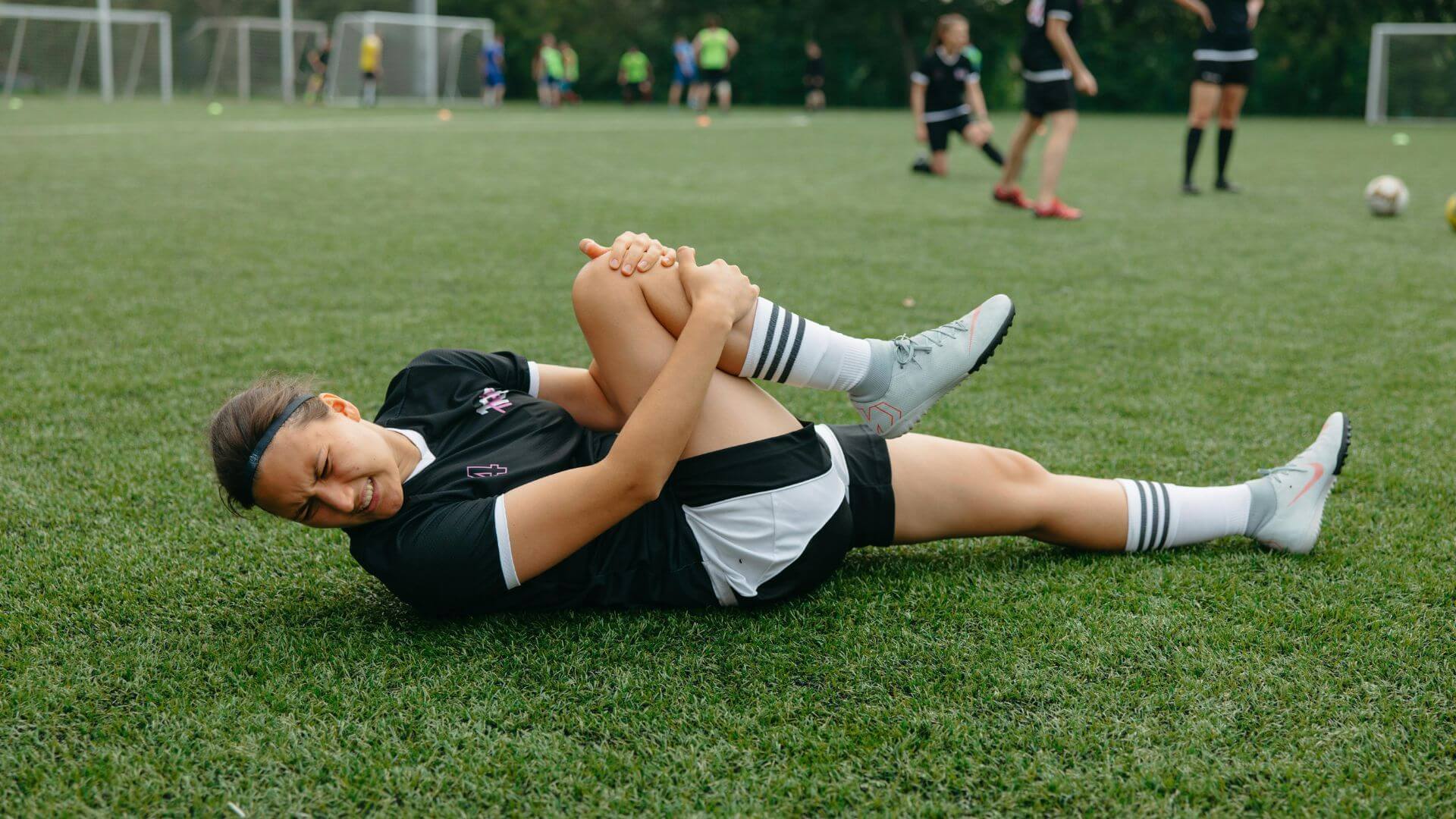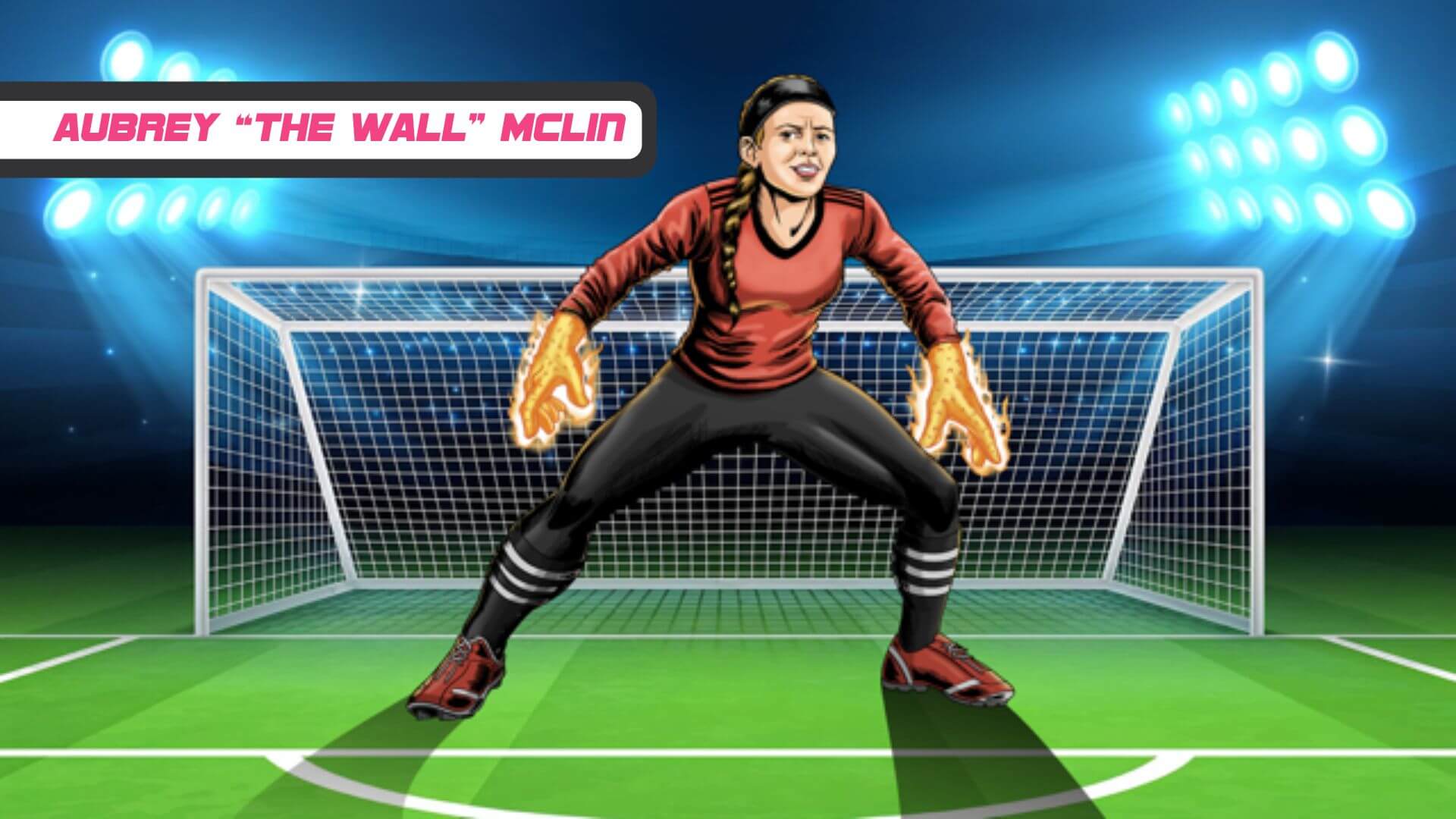Unraveling Referee Bias: Should Referees Officiate Girls Different From Boys?
“Referee: an official in a sporting event who enforces the rules of the game.” In soccer, they are the final decision-making authority on plays and have the ability to show disciplinary action towards players guilty of breaking the rules through fouls, yellow cards, and red cards.
This, we all know. But what’s hidden underneath simply officiating a match are the biases that referees hold. Sexism is one of the biggest.
Differences in Girls and Boys Playing Soccer
Girls’ and boys’ soccer are not the same. The games are played on the same pitch, with the same ball, with the same rules. But, there are numerous differences, from injury rates to the style of play. We’ve already covered how girls should be coached differently than boys.
It’s important to remember that none of this is a coincidence. In fact, there are psychological and social factors that create these differences in girls’ soccer and boys’ soccer.
Psychosocial Differences
Girls’ brains are wired differently than boys. Girls tend to have a preference to empathize, whereas boys are hardwired to systemize; girls tend to have a base reaction towards emotion, whereas boys have one towards action.
Additionally, most girls are not being coached in a way that is conducive to female players, causing confidence issues. Higher ACL tear rates in girls may also point to training and recovery methods that aren’t specific enough to the female body.
These differences point to a unique way of coaching–a way of coaching that fosters girls’ ability to grow in the game.
Referee Bias
Bias in refereeing means that a referee may call a game differently based on their learned or implicit biases.
With girls’ soccer, it may mean that an official is calling a game either too tight or not tight enough simply because of the fact that the players are female.
Consequences
Stereotypes About Girls and Women in Soccer
If coaching for girls and boys calls for a different approach due to societal standards and pressure on girls, then what about refereeing?
A problem arises when officiating differs because of the stereotypes around girls’ soccer. It’s a problem when the officiating becomes about girls’ lack of toughness, an abundance of emotions, or other untrue stereotypes.
These are harmful stereotypes about girls’ soccer that aren’t true on a broad scale.
A study conducted by John Jay College of Criminal Justice found that at the World Cup level, 54 fouls were called in the most physical Men’s World Cup match of 2014 between Brazil and Columbia, including four yellow cards. In the match, Neymar even suffered a broken bone.
The match with the highest number of fouls in the 2015 Women’s World Cup was Colombia vs. Mexico, with 40 fouls and four yellow cards. They noticed that even though the men’s game was much more physically aggressive, the same number of fouls were called. This provides a small snapshot into referee bias at the professional level.
This may stem from the stereotype that girls should be non-aggressors. When a referee holds this belief, it’s more likely they’ll call a foul out of surprise that a girl shows that trait and defies that stereotype, as opposed to whether or not it was genuinely a break in the rules.
Overall, refereeing bias is parallel to much of the bias we see in everyday life and is difficult to combat. However, one way to begin to realize it and deconstruct it is by rooting officiating guidelines in research, not stereotypes and anecdotal evidence.
For example, an original State Rules bulletin (now amended) published last month from the Oregon School Activities Association promoted calling fouls in girls’ matches sooner and for less severe offenses, stating that the player who fouled needed to be sent off to calm down. This implies a difference in girls’ soccer–that girls aren’t equipped to handle the physical aspects of the game and that emotions run high.
The Threat of Stereotypes
The original bulletin alluded to a harmful stereotype about girls. It was rooted solely in the idea of what girls should or shouldn’t do during a match–not officiating in a manner that abides by the rules of the game or that takes into account the broader context of the match, like crowd temper, rival teams, etc.
Refereeing by these standards further perpetuates stereotypes about girls’ soccer, which can lead to serious harm to the game. According to a study in the Psychology of Sport and Exercise journal done by Eastern Washington University, “‘stereotype threat’ occurs when people perform worse at a task due to the pressure of a negative stereotype of their group’s performance.” It was found that only females performed worse at an athletic task when confronted with stereotypes about their own performance.
Down the road, this could have consequences for the level of play that girls and women can advance to.
Injuries
Additionally, some referee guidelines veer in the other direction–that referees should let girls play because they aren’t aggressive enough or that their fouls aren’t as severe as boys– could even cause higher injury rates.
Although not necessarily causal, girls suffer higher rates of ACL tears and concussions. With concussions, girls are less likely to be removed from matches after suffering blows to the head. Referees have a part to play in monitoring injuries on the pitch.
Different Officiating
So, is there merit to reffing girls and boys differently? I argue that there is not, especially not by over or under-calling fouls because of bias. Different officiating in girls’ soccer doesn’t foster the growth of the players like different coaching does.
Sure, girls’ and boys’ soccer matches look different. Fouls in girls’ and boys’ soccer take different forms, from hip-checking to shoulder-checking. But whether one game is more physical than another or whether that physical contact comes in different forms doesn’t affect how referees should be officiating girls completely differently than boys.
Refereeing and referee guidelines should be nuanced for every game, depending on the tone and level of the match. Sexist stereotypes, however, should not be a part of this nuance.
Anecdotal evidence about girls’ soccer shouldn’t influence refereeing as a whole; it doesn’t in men’s soccer. US Soccer’s referee guidelines don’t contain any gendered language, proposing guidelines that don’t differ from girls to boys.
Featured image via Adobe Stock Images
_
GIRLS SOCCER NETWORK: YOUR SOURCE FOR GIRLS SOCCER NEWS















